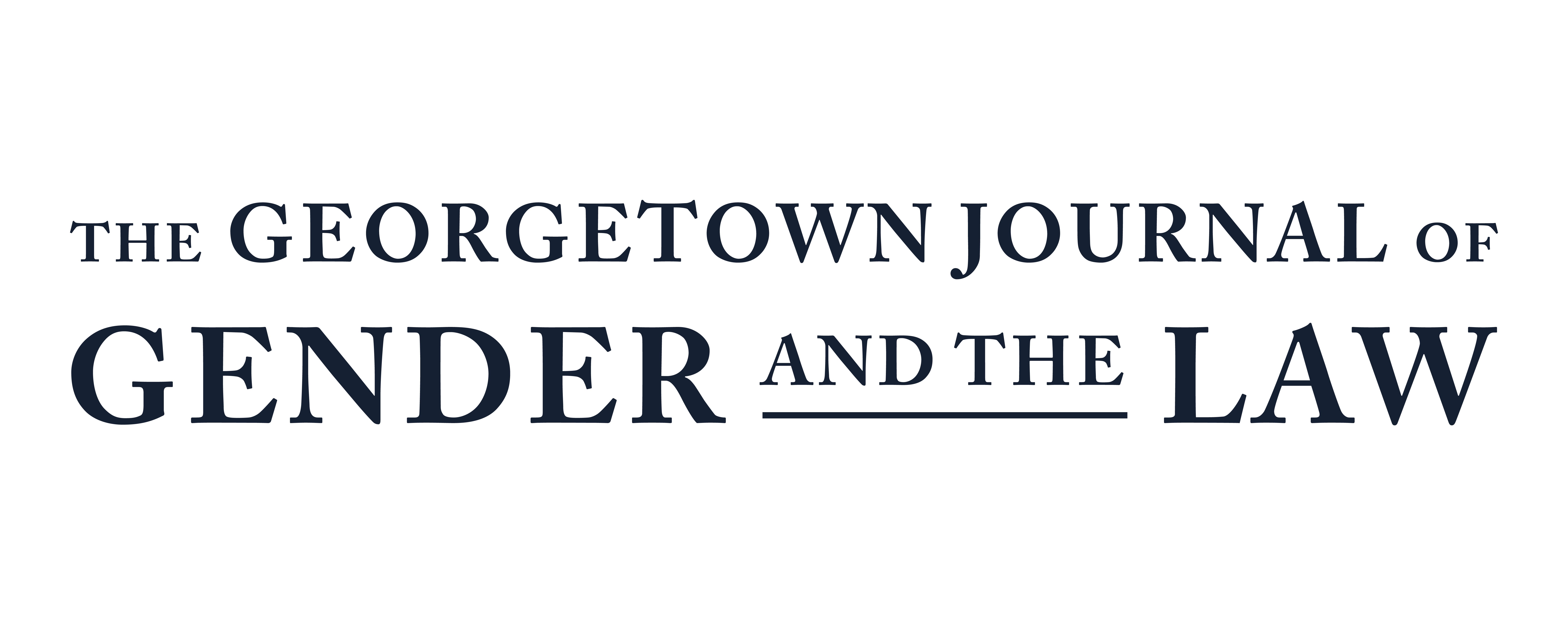Rape and Sexual Assault
Since the 1970s, rape law has been reshaped and expanded in large part due to an increased awareness of the prevalence of sexual violence. In the last decade, the #MeToo movement, the Senate’s stalling of the 2019 Violence Against Women Reauthorization Act, former USA Gymnastics Doctor Larry Nassar’s prison sentence of up to 175 years for sexual abuse, the uncovering of high rates of sexual assault on college campuses, and the confirmation of Supreme Court Justice Brett Kavanaugh despite allegations of sexual assault have contributed to increased public awareness of sexual assault. Despite certain legislative reforms, lawmakers and courts continue to struggle with sensitive issues in the prosecution of rape cases and protecting survivors.
In Part I, this Article will present statistics on the frequency of sexual assault. It will address some of the typical characteristics of perpetrators, as well as statutory definitions and interpretations of rape at both the federal and state levels. Part II.A will examine the criminal prosecution of rape through pre-trial issues, including DNA testing, maintaining rape survivor privacy in the media, and issues faced by selected groups including spousal rape survivors, military rape survivors, Native American survivors, and students on college campuses. Part II.B will focus on trial issues in criminal cases, particularly the admissibility of evidence, rape shield laws, and the admissibility of defendants’ past sex crimes. Part III will examine how civil laws have developed to provide rape survivors with more protections.
Keep Reading Rape and Sexual Assault.

